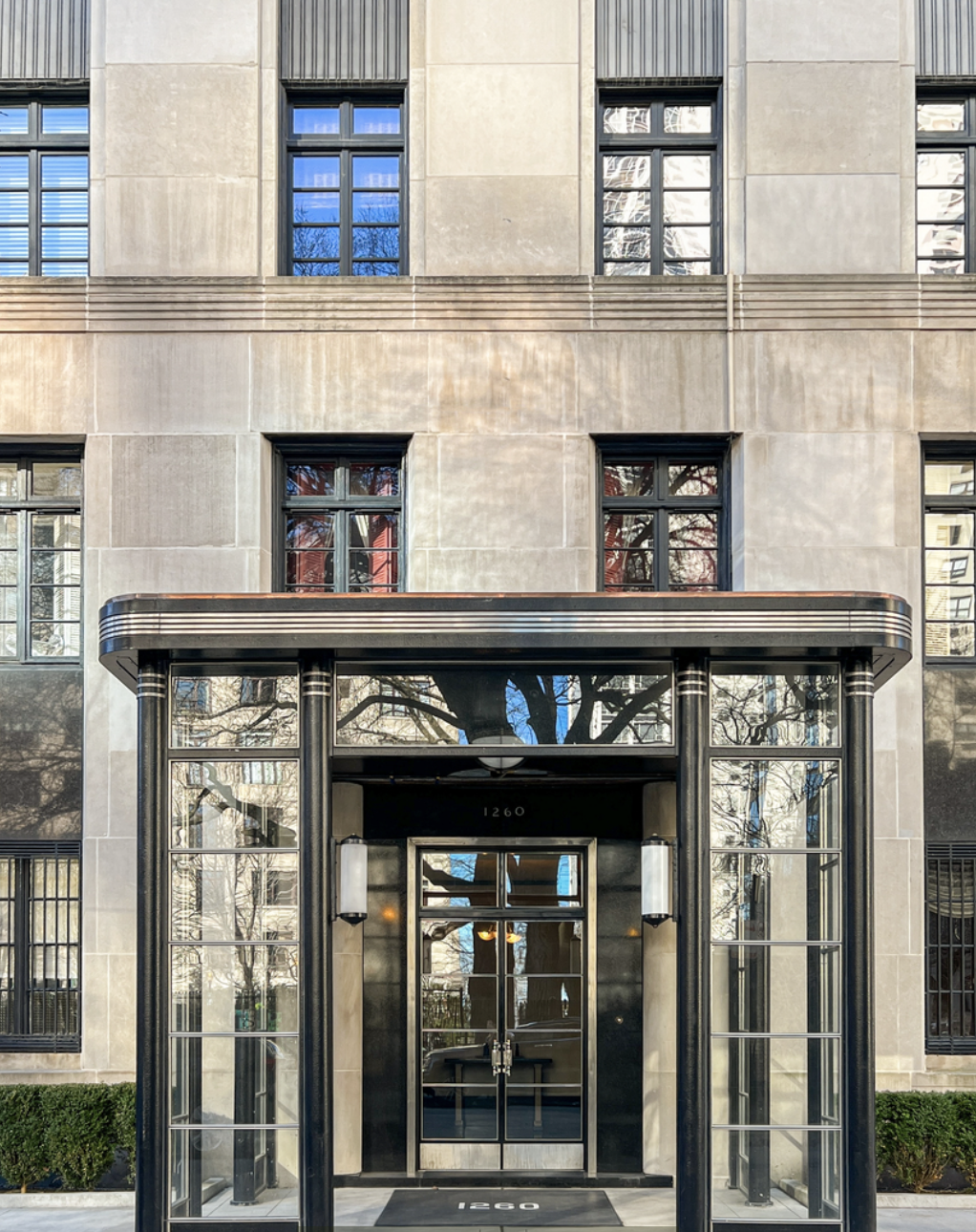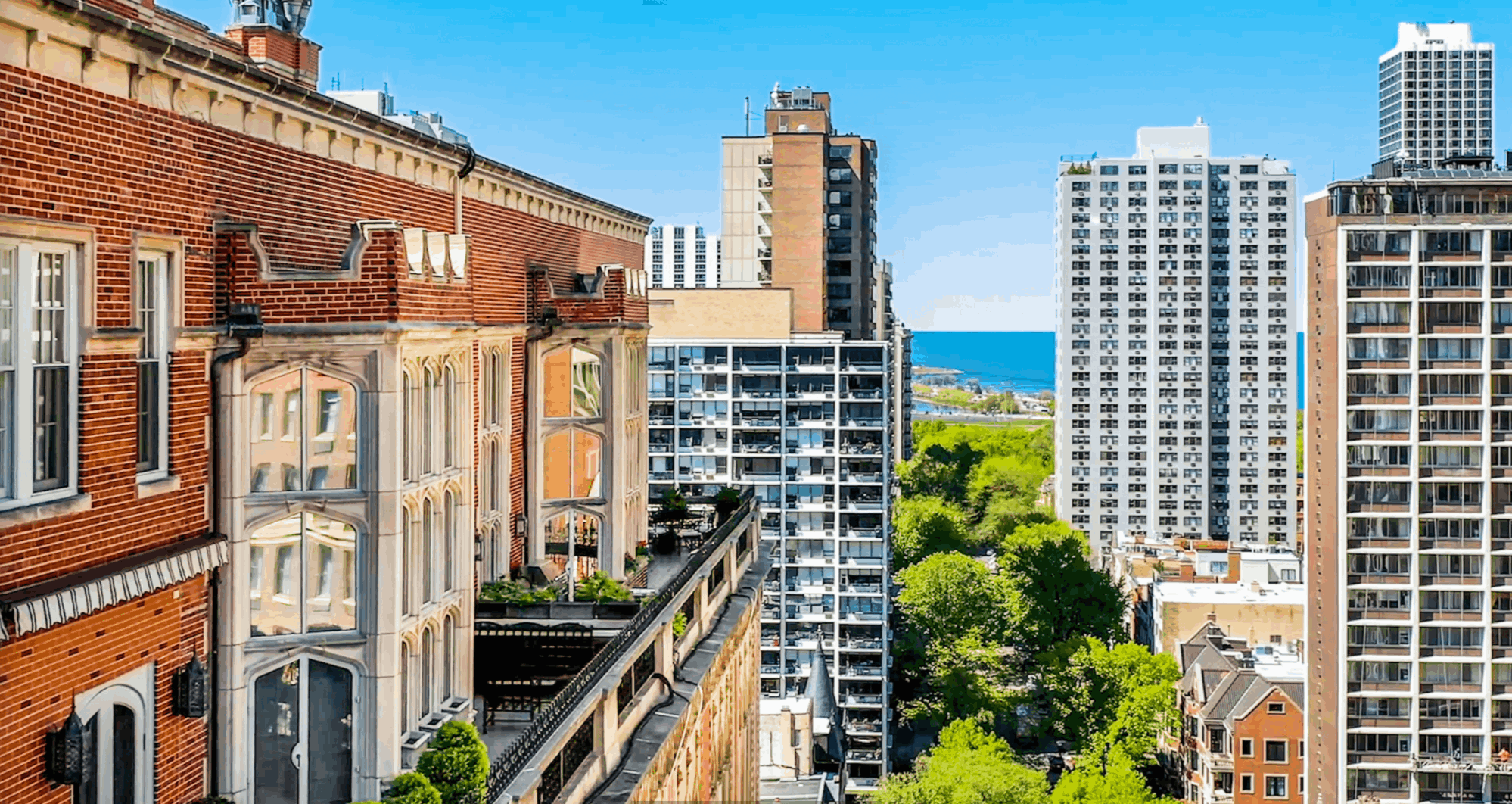The Timeless Allure of Cooperative Apartments in Chicago

As a seasoned real estate broker in Chicago, I’ve witnessed firsthand how our city’s unique housing market continuously evolves. Recently, we attended an insightful session led by an industry leader who delved deep into the rich history and intricate legacy of cooperative apartments in Chicago. Inspired by that detailed exploration, we felt compelled to write our own story about these gems. Amid the buzz around condominiums and modern high-rises, cooperative apartments remain a compelling option for today's discerning buyers with their prewar charm, gracious architecture, and unique ownership model.
A Historical Perspective: The Rise of Chicago’s Cooperative Apartments
Chicago’s cooperative apartments date back to the early 20th century. During rapid urbanization and an influx of new residents, co-ops emerged as a practical and community-oriented housing solution. Many of these buildings were constructed in the prewar era and feature architectural details that are hard to find in today’s cookie-cutter developments. They were designed with solid construction, intricate moldings, spacious layouts, and elegant communal spaces that reflected the aspirations of their time.
The concept was simple: residents would collectively own the building instead of owning a single unit outright. This model fostered a strong sense of community and allowed for more manageable living costs—a compelling benefit during times when economic stability was as much a priority as style.
Cooperative Apartments in Today’s Chicago Market
Fast forward to today, and cooperative apartments have carved out a niche market in Chicago’s real estate landscape. While the condo market often dominates headlines, co-ops have remained an enduring symbol of architectural grace and community-centered living. In neighborhoods rich with history—ranging from the South Shore to Lakeview—many prewar cooperative buildings still stand, their facades a testament to a bygone era of design excellence.

Location & Lifestyle
In today’s market, co-ops are typically found in areas prized for their character and proximity to cultural landmarks, boutique shopping, and diverse dining options. Their locations often align with the city’s most desirable neighborhoods, making them a hidden gem for those who value both history and lifestyle. The communal aspect of co-op living also means that residents enjoy a built-in network of neighbors, which can be especially appealing for those seeking a more intimate, collaborative community setting.
Understanding Monthly Fees: Taxes and More
A notable advantage for many cooperative apartments in Chicago—especially those located in Cook County—is the way annual property taxes are integrated into the overall monthly fees. In these arrangements, the building’s board factors in the estimated annual property tax liability and divides it into manageable monthly installments. This means that rather than facing a large, lump-sum tax payment once a year, residents benefit from predictable, evenly distributed costs throughout the year. Such an arrangement not only simplifies budgeting but also ensures that the property taxes are consistently managed, maintaining the financial stability and upkeep of the building.
Desirability in the Modern Context
From a modern owner’s perspective, the desirability of co-ops lies in several factors:
- Architectural Character: Prewar buildings often feature detailed craftsmanship, spacious rooms, and high ceilings. This isn’t merely a nostalgia factor—it’s about owning a piece of history that exudes timeless elegance.
- Community and Governance: Co-ops operate under a shared ownership model. This often results in a more engaged community where residents collectively decide on building matters, fostering an environment of mutual care and shared responsibility.
- Financial Considerations: Co-ops may offer a more stable, long-term investment with less volatility compared to some condominium markets. Additionally, the cooperative model can sometimes result in reasonable monthly fees, partly due to the bundled cost structure that includes property taxes.
- Exclusivity and Privacy: For buyers who prize a sense of exclusivity and a quiet, private living environment, co-ops offer a unique balance of community and individual space. They are less transient than some condo markets, contributing to a stronger, more stable neighborhood vibe.
Cooperative Apartments vs. Condominiums: An Owner’s Perspective
While both co-ops and condominiums offer the benefits of urban living, the choice between them can significantly affect your ownership experience. Here’s how they compare:
- Ownership Structure: In a condominium, you own your unit outright, with a share in the common areas. In contrast, co-op residents own shares in the entire corporation that owns the building. This structure can influence everything from decision-making processes to the way renovations and repairs are handled.
- Financial Implications: Condos can offer more flexibility when it comes to financing, as mortgages are typically more straightforward. However, co-ops often have lower purchase prices, appealing to those looking for long-term financial stability, especially with costs like property taxes seamlessly integrated.
- Community Impact: The cooperative model inherently fosters a sense of community and shared responsibility. Whereas condo owners might occasionally feel disconnected from their neighbors, co-op residents are often more involved in the building’s day-to-day affairs, resulting in a more cohesive living environment.
- Regulatory Hurdles: Co-ops involve a more rigorous approval process for buyers, reflecting a commitment to maintaining a certain standard of living and community culture. For some, this can be a drawback; for others, it ensures that only like-minded, stable residents become part of the community.
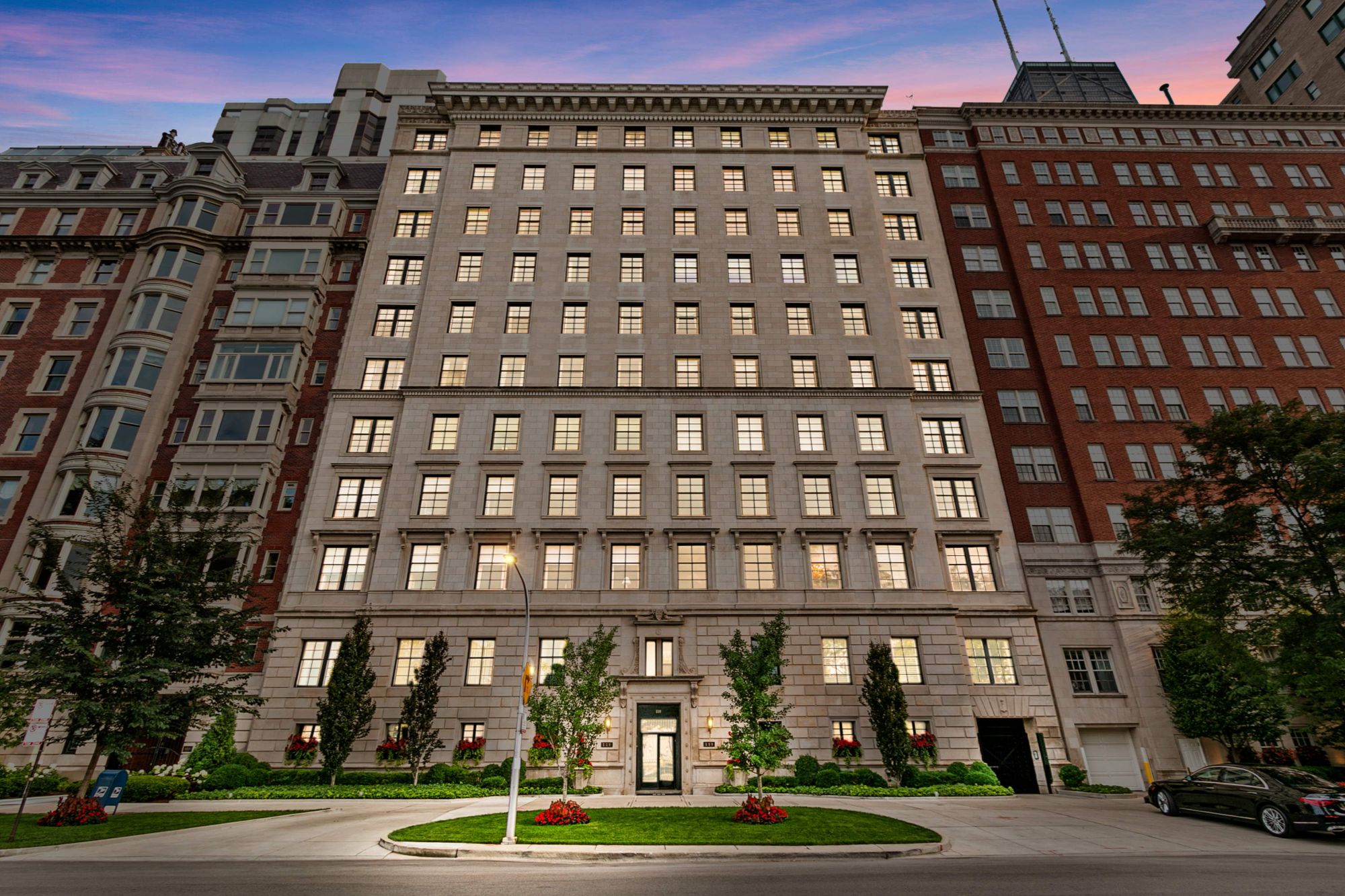 Why Buy a Cooperative Apartment Today?
Why Buy a Cooperative Apartment Today?
In today’s competitive real estate market, choosing a cooperative apartment is about more than just finding a place to live—it’s about investing in a lifestyle and preserving a piece of Chicago’s heritage. Here’s why I believe co-ops are a smart choice:
- Historic Elegance and Durability: Prewar co-ops are built to last, both structurally and stylistically. Their enduring design quality and sophisticated details are a rarity in modern construction.
- Community Focus: The cooperative model encourages long-term relationships and active participation in the community, contributing to a more secure and personalized living experience.
- Value Proposition: With reasonable and stable monthly fees and a potentially more stable investment trajectory—enhanced by the streamlined handling of annual property taxes—co-ops can be a financially savvy option for those looking to balance lifestyle with long-term financial goals.
- A Unique Urban Statement: Owning a co-op in a city as storied as Chicago is not just a purchase—it’s a lifestyle statement that aligns you with the city’s rich architectural legacy and its vibrant, diverse community.
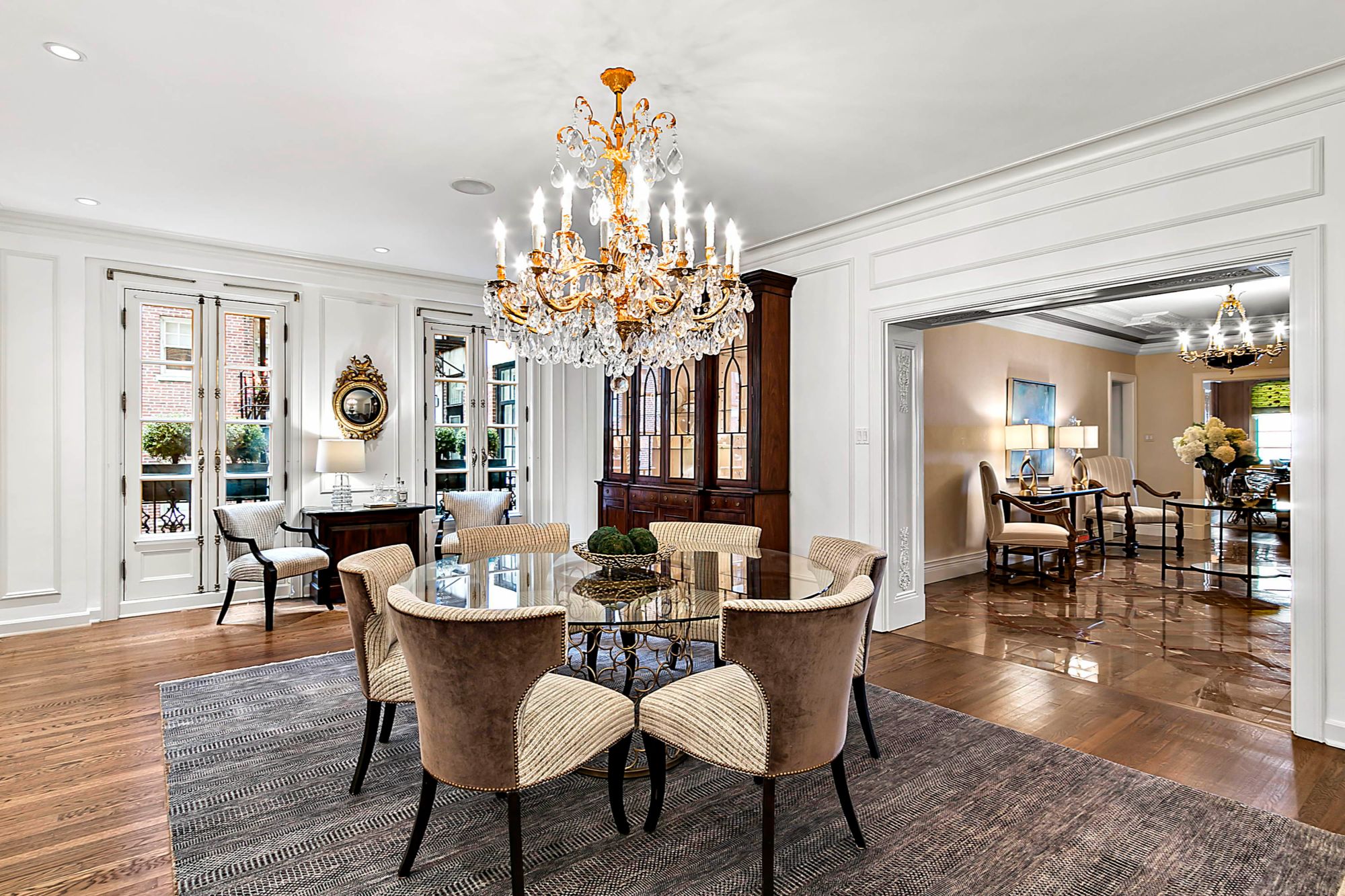
In an era where the focus tends to gravitate toward modern condominiums, cooperative apartments offer a refreshing alternative for those who value tradition, community, and architectural beauty. Whether you’re looking for a sense of belonging or a seasoned investor seeking a unique asset, co-ops stand out as a testament to Chicago’s ability to blend the past with the present in a seamless, sophisticated way.
By shining a light on these often-overlooked gems, I invite you to explore the timeless allure of cooperative living—a choice that continues to offer unmatched elegance and a strong sense of community in our ever-evolving urban landscape.
Categories
- All Blogs (88)
- Architecturally Significant (13)
- Architecture (48)
- Art (1)
- Art Collecting (1)
- Bespoke Lighting (2)
- Buena Park (1)
- buyer strategy (17)
- Career Moves (7)
- chandeliers, (1)
- Chicago Luxury Real Estate (66)
- closet design (2)
- Co-Ownership (1)
- Coffee (1)
- coop apartments (3)
- cooperative apartments (4)
- custom closet advice (1)
- Days on Market (12)
- Design (43)
- Fulton Market District (4)
- Gold Coast (11)
- Golden Visa Programs (8)
- Historic Homes (6)
- Hogan Zavala Group (52)
- Holiday Abroad (1)
- International Citizenship (10)
- International Real Estate (26)
- Kitchen Design (12)
- Lakeview (10)
- Legacy (3)
- LGBTQ Housing (2)
- LGBTQ+ (3)
- Lifestyle (60)
- Lighting (2)
- Lincoln Park (10)
- Loft Living (3)
- Lofts (2)
- Logan Square (1)
- loneliness & aging (2)
- Luxury Market Index (4)
- Marina Towers (4)
- Market Update (23)
- Mid Century (1)
- Outdoors (5)
- Pacaso Vacation Homes (2)
- Puerto Vallarta (4)
- Puerto Vallarta Real Estate (5)
- Real Estate Agents Success (10)
- Real Estate Industry (25)
- ritual (1)
- River North (9)
- River West (7)
- Second Homes (1)
- Seller Strategy (19)
- Selling and Buying in Chicago (17)
- Senior Housing (2)
- Streeterville (3)
- Summer (5)
- Sustainability (4)
- Thanksgiving Travel (1)
- The 606 (1)
- Travel (1)
- Trends (24)
- Trifecta (3)
- Uptown (2)
- video (1)
- video for real estate (2)
- Wellness (5)
- West Loop (5)
- Wheaton (1)
- Wines for Summer (2)
Recent Posts

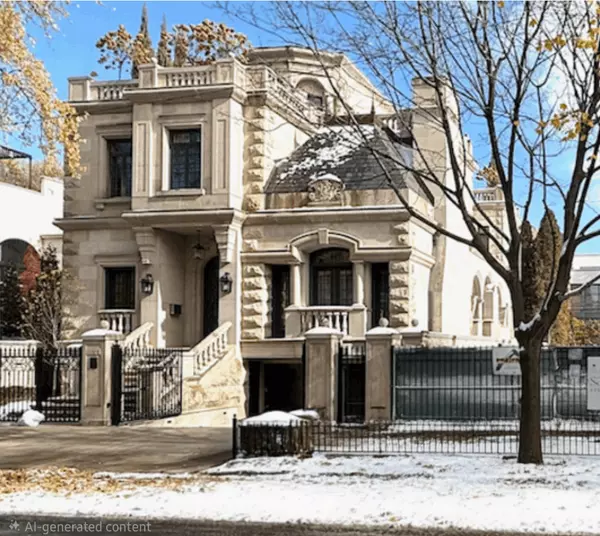




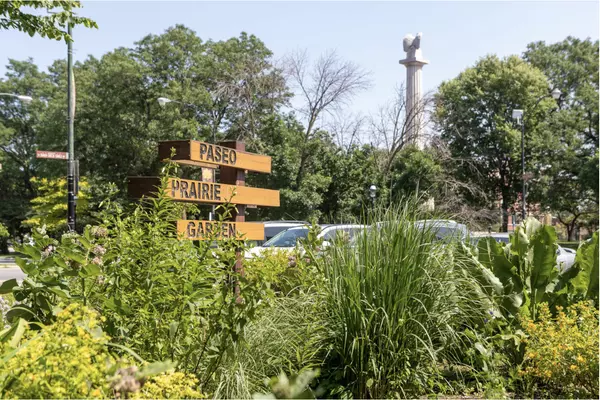
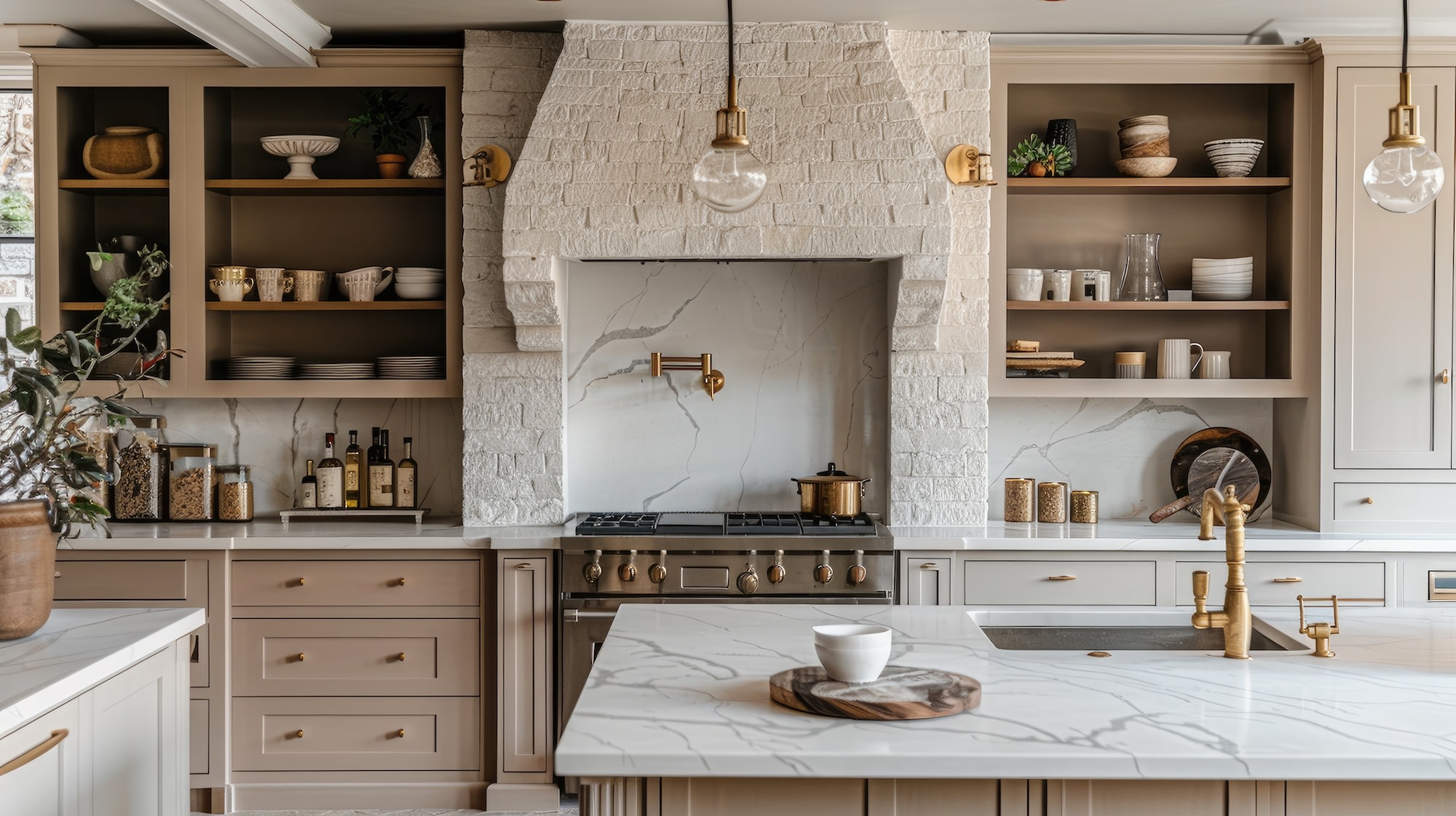



Craig Hogan | Rudy Zavala

